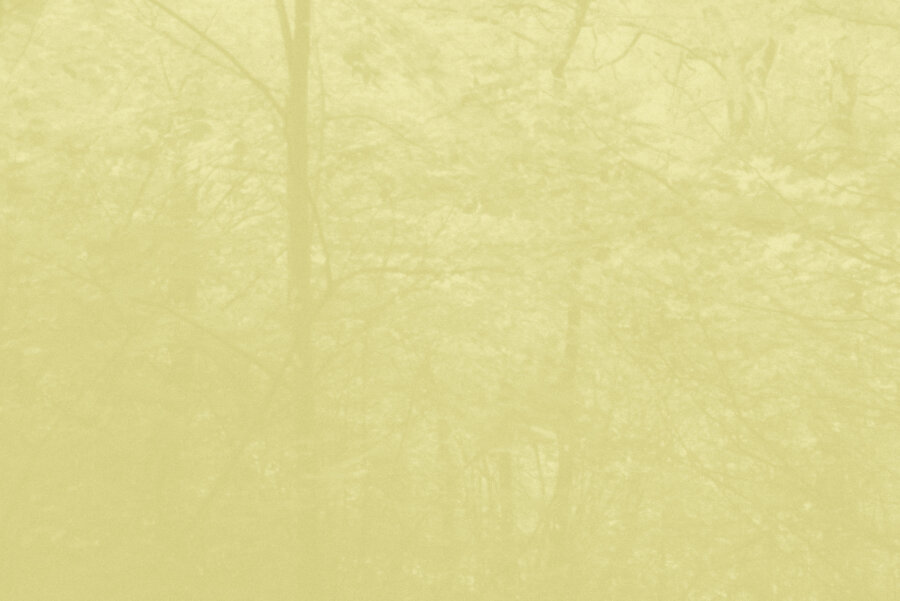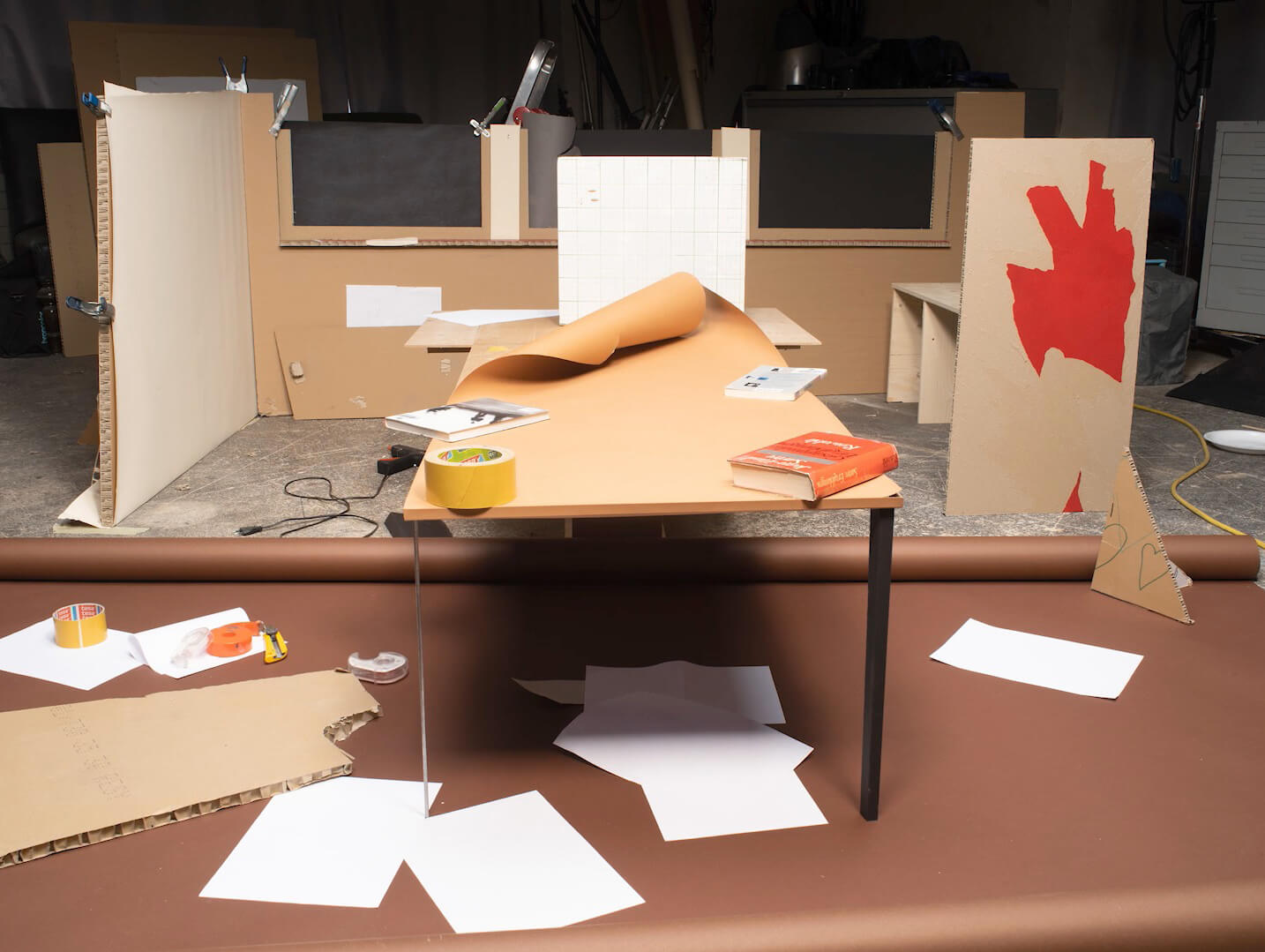The notion of the index, by which photography is an imprint of reality, became prevalent in the last quarter of the 20th century in theoretical debates on the essence of photography. In her Notes on the Index (1977), Rosalind Krauss gave this definition: “Every photograph is the result of a physical imprint transferred by light reflections onto a sensitive surface. The photograph is thus a type of icon, or visual likeness, which bears an indexical relationship to its object.” The analog era’s particular way of inscribing the real has since been put to the test by digital transcription, but in their own way, Léa Habourdin’s anthotypes renew its vitality, using the very material of the referent to create an image.
In the words of the photographer, born in 1985, who studied printmaking at the École Estienne, and photography at the École d’Arles: “Attentive to the diversity of life forms, my practice seeks to depict other ways of resonating with the world. For several years now, I’ve been developing an observation of living beings, the end of worlds and needs for survival.” Initially using highly polluting conventional techniques for series such as Les Chiens de fusil (2009-11), juxtaposing human and animal mating and preying rituals, and Survivalists (2014-16), echoing discourses on collapse, Harboudin has turned to anthotypes, a natural process using plant photosensitivity, to produce a long-term project on forests. She explains it in this tutorial through contemporary photo recreation. An inscription of the world, the photograph is released from its ecological impact. It is a footprint-free imprint.
Étienne Hatt


![Frédéric Laporte, <i>Autoportrait dédoublé jouant aux échecs</i> [Double self portrait playing chess], 1886. Collection Société française de photographie.](https://jeudepaume.org/wp-content/uploads/2021/08/Frédéric-Laporte-SFP.jpg)